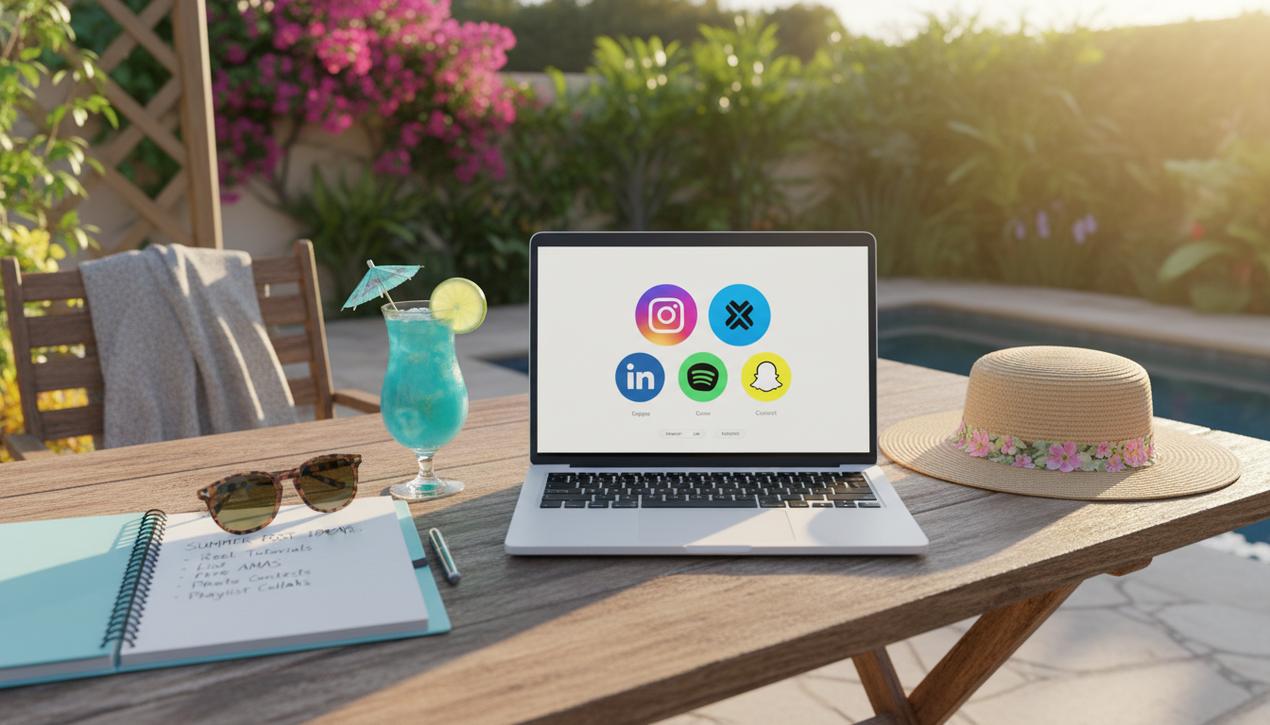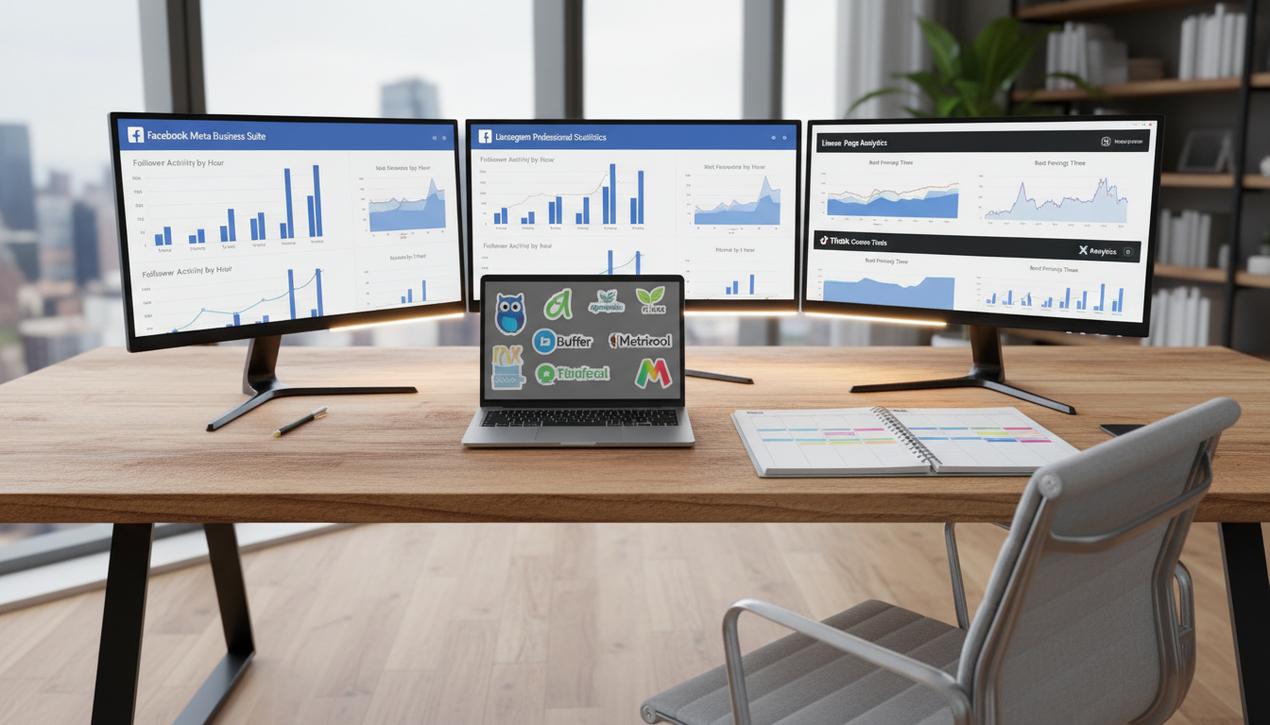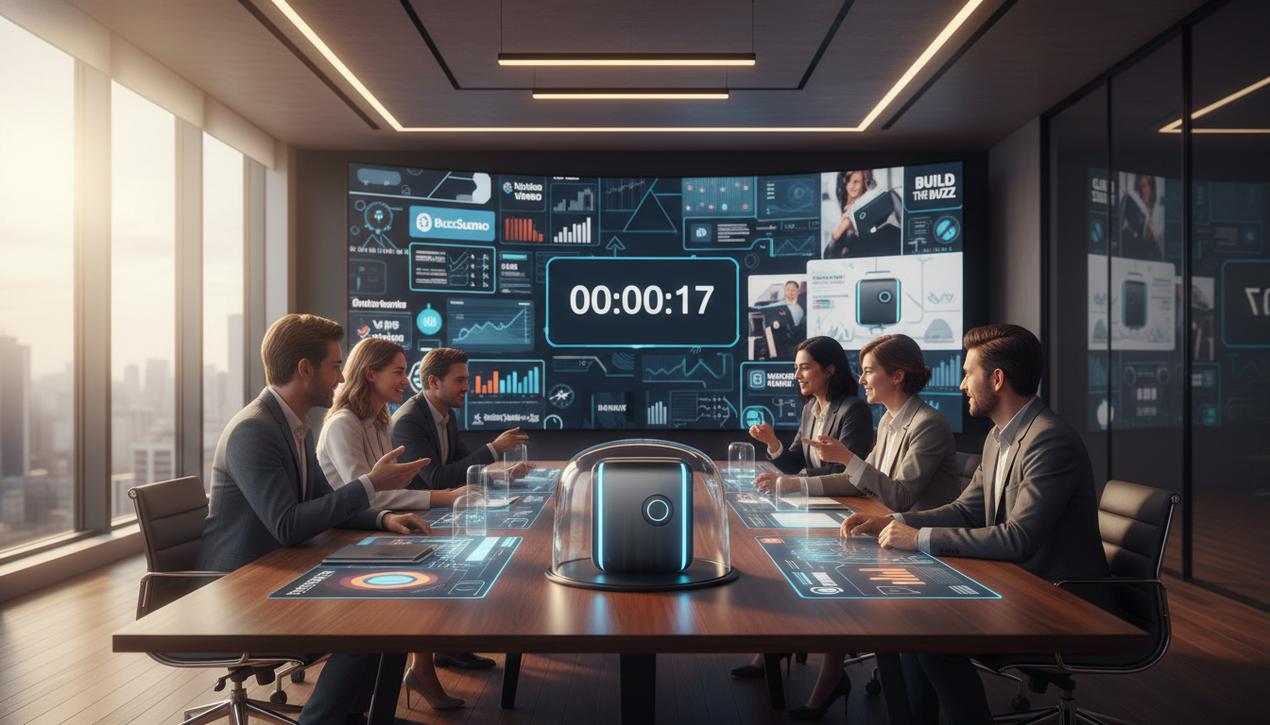High-Converting Call-to-Action: 18 Top Examples


A call-to-action (CTA) is far more than just a button on a webpage. It is the convergence point of your entire marketing strategy, the moment of truth where a visitor becomes a lead, and a lead becomes a customer. Unfortunately, many websites overlook this crucial element, treating it as a mere formality. Yet, the numbers are undeniable: a personalized CTA can increase conversion rates by over 200%. In 2025, users are over-solicited, and their attention is a scarce resource. They no longer click by chance. They click because a CTA offers a clear value proposition, addresses a specific need, and creates an emotional connection. The color, the copy, the placement—every detail must be engineered to guide the user toward the desired action. Forget generic phrases like “Click Here.” The time has come for creativity, psychology, and data. Through these 18 concrete and inspiring examples, we will dissect what makes a call-to-action truly effective and how you can transform your buttons into conversion machines.
The Foundations of a CTA That Converts
Before diving into examples, it’s essential to understand the pillars that support an effective call-to-action. A great CTA is a masterful blend of psychology, design, and persuasive copywriting. Mastering these three aspects is the first step toward optimizing your conversion rates.
The Psychology of Color and Shape
Colors evoke emotions and influence our decisions. In marketing, the color choice for a CTA is never arbitrary, and the principles are similar to those for choosing the perfect logo color. Red and orange are often associated with urgency, energy, and excitement, making them excellent choices for limited-time offers. Green signifies validation, nature, and permission (“Go”), while blue inspires trust and security—a wise choice for financial services. The key is to select a color that not only matches the desired emotion but also contrasts sharply with the rest of your page to draw the eye. Shape also plays a role: buttons with rounded corners are perceived as more friendly and less intimidating, making them more inviting to click.
The Power of Action Verbs and Personalization
The text of your CTA, or “microcopy,” is your final sales pitch. It must be short, impactful, and focused on the user’s benefit. Use strong action verbs that compel action: “Get,” “Build,” “Try,” and “Join” are far more powerful than the passive “Submit.” Better still, frame the CTA in the first person: “Get My Free Guide” often converts better than “Get Your Free Guide” because the user is already envisioning themselves taking the action. Simple personalization can work wonders. A CTA that adapts to user behavior (e.g., “Complete My Order” instead of “Buy”) creates a smoother and more relevant experience.
The Crucial Importance of Placement
Where should you place your CTA? The answer depends on the context. Placing it “above the fold” (visible without scrolling) is ideal for simple, direct value propositions. However, for a more complex offer that requires some explanation, a CTA placed after the key benefits and features will be much more effective. What matters most is that the CTA appears at a logical point in the user’s reading journey. Don’t hesitate to use multiple CTAs on a long page—one midway and another at the end—to capture readers at different stages of their decision-making process.
18 Call-to-Action Examples to Inspire You in 2025
Theory is one thing, but practice is another. Let’s analyze concrete examples from brands that have mastered the art of the CTA to understand what works and why.
1. The CTA That Expresses a Concrete Benefit (Evernote)
To get a click, the user must be convinced of the payoff. Evernote understood this perfectly with its famous “Remember Everything.” It’s not a feature; it’s a solution to a universal problem: forgetfulness. This benefit is so powerful that it creates an immediate desire to download the app.
2. The Reassuring CTA (Netflix)
Subscription commitment can be scary. Netflix brilliantly defuses this fear. Not only does the main CTA offer a trial, but the phrase “Cancel anytime” is strategically placed right beside it. This reassurance removes the primary obstacle to purchase and has undoubtedly contributed massively to their success.
3. The Intriguing CTA (Huemor)
Sometimes, mystery is more effective than clarity. The design agency Huemor uses a puzzling CTA, “Let’s Go,” against a science-fiction backdrop. You don’t know where it leads, but the creativity and originality pique your curiosity. It’s an excellent way for an agency to showcase its talent from the very first click.
4. The High-Contrast Color CTA (Asos)
An invisible CTA is a useless CTA. Asos uses vibrant, contrasting colors for its buttons (“Shop Now”) that stand out clearly against the site’s more subdued background. The eye is immediately drawn to it, making the action obvious and easy to take.
5. The Multiple-Choice CTA (Freepik)
In a freemium model, the goal is to subtly guide users toward the paid option. Freepik does this intelligently: the “Premium” button is visually more appealing (bright color, animation) than the more discreet free download button. It’s a gentle but effective nudge.
6. The CTA with an Integrated Form (Zillow)
Why add an extra step? By integrating a search form directly on the homepage, real estate platforms like Zillow shorten the customer journey. The user can take immediate action, which streamlines the experience and reduces the chance they’ll go elsewhere.
7. The CTA That Qualifies the Lead (Noom)
To save time and provide a relevant offer, qualify your leads upfront. The wellness app Noom asks users about their goals before even offering a plan. This allows them to personalize the subsequent offer and significantly increase the likelihood of conversion.
8. The CTA That Highlights Company Values (Patagonia)
Consumers are increasingly drawn to brands that share their values. Patagonia often features CTAs like “Learn Our Story” or “Explore Our Activism.” This isn’t a transactional click; it’s an invitation to form an emotional connection with the brand based on shared principles.
9. The CTA That Addresses a Pain Point (Square)
Identify your target audience’s primary need and put it front and center. This comes from truly understanding how to identify customer needs effectively. Square targets business owners with a simple CTA: “Get Started with Simpler Business Tools.” This speaks directly to a universal motivation for their core audience, making the click almost irresistible.
10. The Magic “Free” CTA (Nintendo)
The word “free” has immense psychological power. It eliminates the financial barrier and the fear of making a poor decision. Nintendo uses it to encourage downloads of wallpapers, creating engagement without asking for a single dollar.
11. The CTA Backed by Social Proof (Trustpilot)
Trust is key, especially for new customers. Displaying a high rating or positive review count right next to a CTA acts as powerful social proof. It instantly reassures visitors: if so many others are satisfied, the service must be reliable.
12. The Informative CTA (Hello Bank)
Sometimes, a prospect needs more information to decide. Hello Bank combines its CTA with key selling points about its offer (price, free months, benefits). The user gets all the information they need to make a quick decision without having to search for details.
13. The Promotional Offer CTA (Uniqlo)
A good deal is a powerful motivator. To encourage newsletter sign-ups, Uniqlo offers a discount on the first purchase. The visitor is strongly incentivized to provide their email in exchange for a tangible, immediate benefit.
14. The Urgency-Driven CTA (Quickbooks)
The fear of missing out (FOMO) is a potent psychological lever. Quickbooks uses a pop-up with a countdown timer and a compelling, limited-time offer, a classic tactic to create buzz for a product launch. This pushes the visitor to make a quick decision before the opportunity disappears.
15. The Personalized CTA (Amazon)
This is the pinnacle of effectiveness. Based on your browsing and purchase history, Amazon offers CTAs like “Buy It Again” or provides highly personalized recommendations. The message is extremely relevant, which drastically increases conversions.
16. The Negative or “Reverse” CTA
This technique involves offering two choices: one positive (the main CTA) and another framed in an undesirable way. For example: “Yes, I want to boost my sales!” versus “No, I’m satisfied with my current growth.” This framing reinforces the value of the primary offer.
17. The Interactive CTA with Micro-interactions
A strong design trend in 2025. The button reacts to a mouse hover with a subtle change (color shift, slight animation, shadow). This micro-interaction makes the button feel more “alive,” grabs attention, and confirms to the user that the element is clickable.
18. The Progressive CTA
For long forms, instead of a single daunting “Submit” button, a progressive CTA breaks the process into steps. The first button might be “Next,” which feels like a smaller commitment. Once a user has started the process, they are psychologically more likely to complete it.
How to Test and Optimize Your Calls-to-Action
Creating a good CTA is an excellent start, but the work doesn’t end there. The secret to sky-high conversion rates lies in continuous optimization. What works for one website may not work for another. It is therefore imperative to test different versions to find the winning formula for your audience.
The Basics of A/B Testing
A/B testing involves creating two versions of the same page (or element, like a CTA) and showing them to two distinct segments of your audience. By comparing the results, you can objectively determine which version performs better. For a CTA, you can test:
- The copy: “Free Trial” vs. “Start Now.”
- The color: A red button vs. a green button.
- The size and shape: A large, square button vs. a smaller one with rounded corners.
- The placement: Above the fold vs. at the bottom of the page.
The golden rule is to test only one element at a time to know precisely what caused the variation in results.
Essential Optimization Tools
Several tools can assist you in this process. Platforms like AB Tasty allow you to set up A/B tests easily. Other tools like Hotjar or Crazy Egg generate “heatmaps” that show you exactly where users are clicking on your page. This is an excellent way to see if your CTAs are even being noticed by your visitors. By combining these approaches, you can shift from a strategy based on intuition to one driven by data.
In the end, a high-performing call-to-action is never an accident. It is the result of strategic thinking that combines human psychology, meticulous design, and concise copywriting. By taking inspiration from these examples and adopting a mindset of continuous improvement through testing, you will stop leaving money on the table. You will transform every page of your site into an opportunity for dialogue, engagement, and ultimately, conversion. The button is just the tip of the iceberg; the strategy beneath it is what truly makes all the difference.




